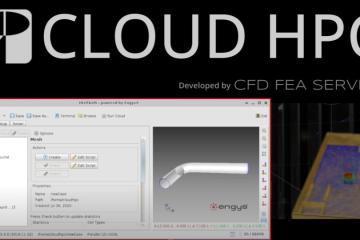A Deep Dive into CFD and Scalability: Our Presentation at the FDS Summer School 2025
We are thrilled to share the presentation we gave at the Southern European Summer School on Fire Dynamics Modeling 2025, organized by Professionisti Antincendio. Our talk, “Mesh Scalability and Computing,” explores a crucial topic for anyone working with engineering simulations: how to optimize performance and reduce computation time. As engineers, Read more







